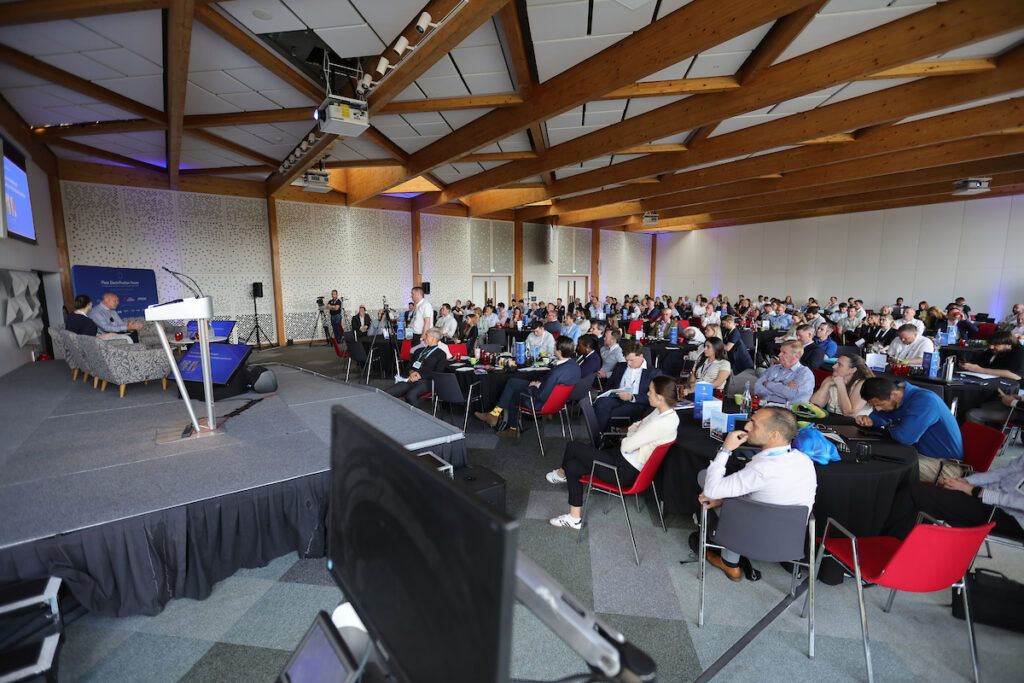Charge Electric Ltd have launched a new EV charging network, EV Net Zero, to help balance the dramatic rise in energy costs against the increasing demands of electric vehicles.
In a bold move, the company has developed a unique strategy to allow popular destinations, such as garden centres, holiday parks and farm parks, to become key zones for the charging of EVs.
This will remove some of the strain from the wider public DC rapid charging networks, while beginning the transition to a Net Zero future at each site.
Through the use of renewable energy and battery storage solutions, each site’s energy usage profile is balanced against the rising demands from EV visitors, while delivering a Net Zero impact on the local grid infrastructure.
CEO and founder, Dougie Blair, said: “As the country moves increasingly towards a fully electric future, there’s a pressing need to expand the range of EV charging solutions deployed across the country to cope with the inevitable demands created by the transition.
“Rapid charging networks need to be complimented by a simple, sustainable charging approach that’s easy to use. Our solution places trust in early EV adopters to pay what they feel is right for the charging experience they receive at participating locations. Site owners will be placing trust in us to deliver a solution that doesn’t add to their existing energy costs, and in turn begins their own transition to a low-carbon future.”
Charging an electric vehicle can be fraught with complications for EV drivers. Charging points often involve a range of smartphone apps, which require users to create accounts, verify emails, assign bank cards, pay for RFID tags, and much more – all before they can charge their cars.
EV charging also often involves the resale of grid power, resulting in an ever-increasing cost to EV drivers through rising charging tariffs.
EV Net Zero will remove all of these barriers, allowing EV drivers to simply arrive, plug in and charge – paying what they feel is fair for the charge they receive through one of the methods detailed at each site.
Across the network, energy is produced on-site to provide the power for EV charging. This minimises reliance on grid power, with all unused generation offsetting the host sites’ own energy costs.
Image: Shutterstock








